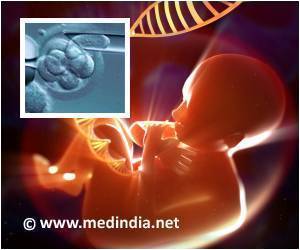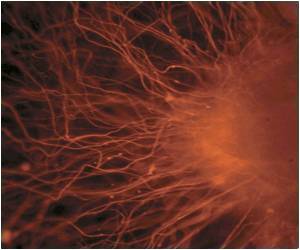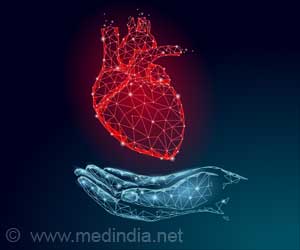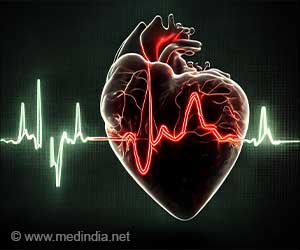In a new study, a team used the yolk sac from embryos that lacked Scl and within four hours of plating on the culture dish, the tissue had generated beating cardiomyocytes.

The findings may also have implications in cell reprogramming, which generally calls for adding factors to induce cell fate change, a process that can be problematic. It might be safer to suppress a factor like Scl to nudge cells into a cardiomyocyte fate, Mikkola said.
"This study opens new ways to think about what could be a potential source of cardiac stem cells," she said. "We now have a better understanding of how cardiac progenitor cells can be made and regulated, and this may one day lead us to a way to treat heart attacks by creating new heart muscle cells to replace those that were damaged."
Going forward, Mikkola and her team plan to investigate the developmental and regenerative potential of the endothelium-derived cardiac progenitor cells, and define the mechanisms by which Scl can at the same time activate one fate while suppressing another.
"These results call for future studies to examine the prospect of harnessing the latent cardiogenic potential in the vasculature for use in regenerative medicine, and to investigate whether similar development plasticity exists in other major cell fate decisions in the developing embryo," the study states.
Source-Eurekalert















